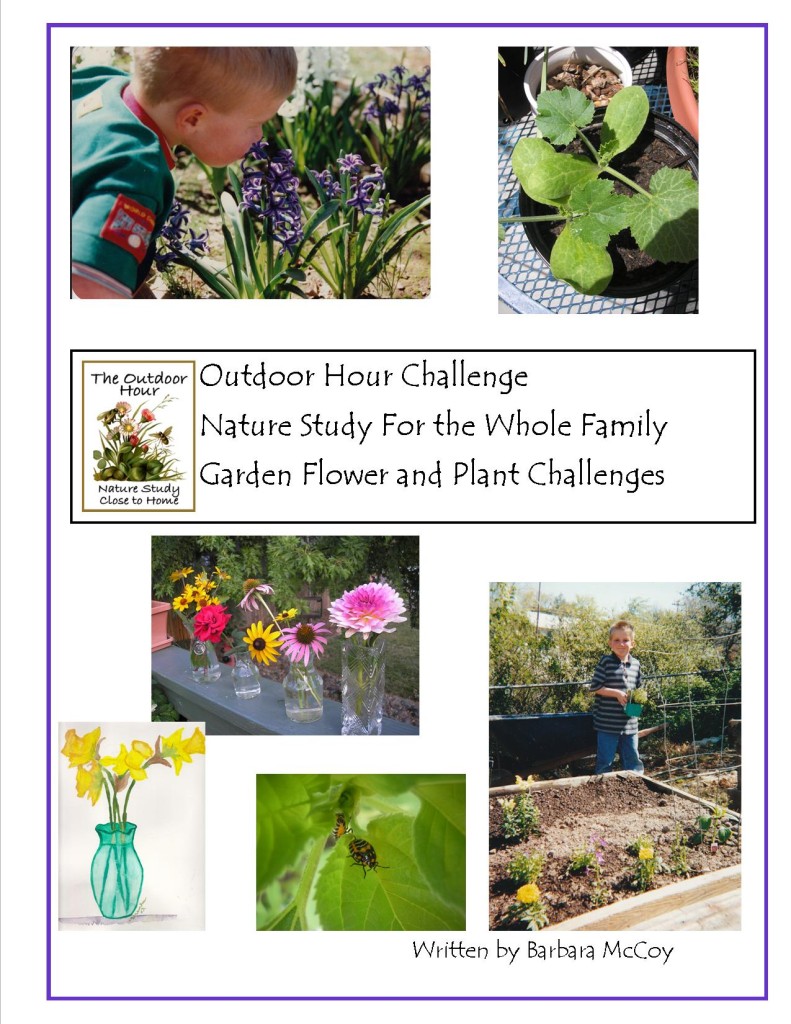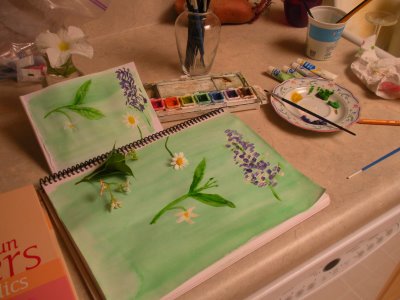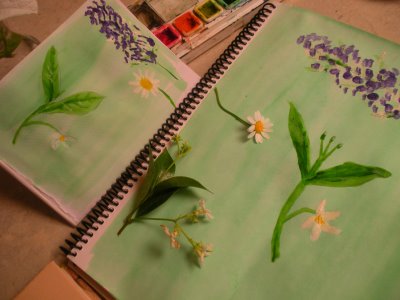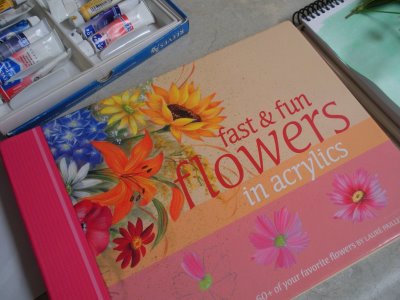We spent four days hiking several sections of the Oregon Coast Trail……a trail that extends from the California border to the Washington border along the Pacific Ocean.
This trail has some fabulous and surprising views and the sections we hiked were mostly within the Samuel Boardman State Scenic Corridor. If you ever have the chance to even hike a mile or so along this trail, grab it and enjoy the tall trees, the green ferns, and the views of the rugged and awesome Oregon Coast.
We camped at Harris Beach and four out of the five evenings were just like this….clear, sunny and filled with beautiful waves. We walked on the beach every night after dinner and then we would go back to the campsite and build a big campfire and roast marshmallows.
The first section we hiked started at Indian Sands and just like its name suggests, it has some huge sand dunes. The trail is a little sketchy at some points and you have to really hunt for signs but it is worth the effort. The dunes were perfect for running down or rolling down if you preferred.
Just around the corner from the dunes, the trail turns into a narrow path through wildflowers and Sitka spruce. Yes, that is the trail right along the cliff’s edge. It was a spectacular section of the trail and the wildflowers are so thick you have a hard time seeing them all. Wild strawberry, Indian paintbrush, wild iris, clover, daisies….I can’t even remember all the different flowers. We came back a second time to rehike this section because it was awesome.
The foxglove was dazzling and the forests were dotted with purple blossoms here and there. I love purple.
Another section of the trail leads down to China Beach. The trail was not well worn and was very narrow in sections but the wildflowers were spectacular. I loved this place and spent lots of time looking at all the different wildflowers. While I was busy doing that, the boys were busy doing something else.
Another day we drove farther north and caught up with the trail at Cape Blanco. It was a little cooler and definitely more windy here and if you look closely in the background of the photo above, you will see the lighthouse. This was a fantastic place with a huge campground. We would like to come back to Cape Blanco some day and camp for a few days to explore more. This time though we hiked the bluffs and then headed down to the beach to see if we could find some tidepools.
Monkey flower, clover, and lupine all make a lovely mix of colors.
We did find a few tidepools and these snails in the splash zone. We watched them climb around for a few minutes and then we had the most fabulous time watching the birds at the beach. We saw mostly crows and turkey vultures but a few swallows, gulls, and songbirds as well.
The next morning found us hiking along the section of the Oregon Coast Trail at Thunder Rock. The trees were so thick along the path that it was quite dark and eerie. We had the trail to ourselves and when we broke out of the trees, we saw the view above. A spectacular cove with an arch rock and pretty clear water.
This invertebrate was crossing the path and he was the most beautiful snail that I have ever seen, if that is even possible for a snail to be beautiful.
The turn around spot on this section of the trail was a place called Secret Beach. The water was here and the beach, although small, was very nice.
I encourage families to consider a trip to the Oregon Coast and try some of the Oregon Coast Trail….you will not soon forget the beauty and the wonder of this unique place.


































































